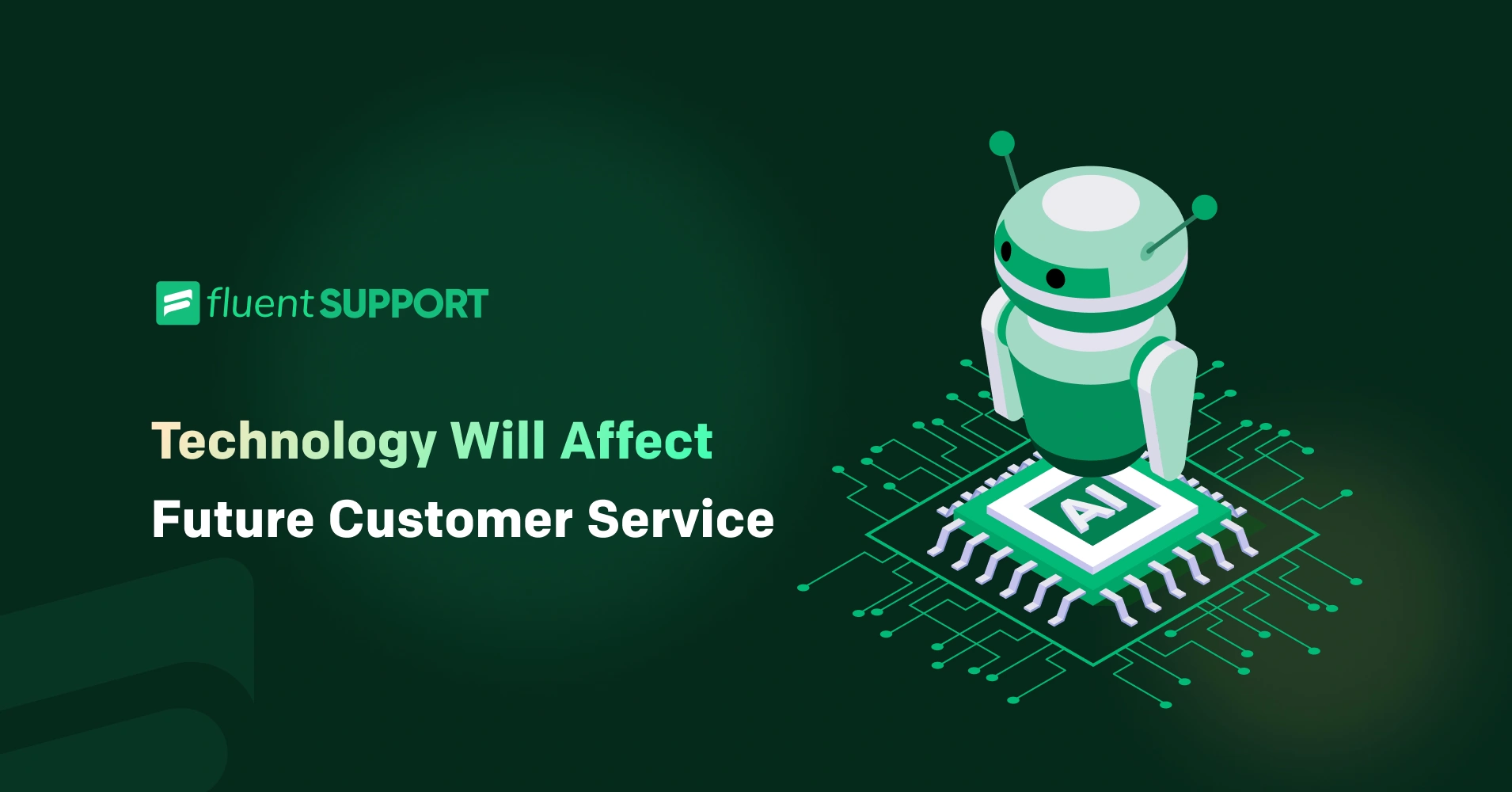
10 Technologies That Will Change The Future Of Customer Service
According to a statistic, more than half of consumers say that technology has changed their expectations of how companies should interact with them. Does this mean technology is morphing the future of customer service?

“Technology is best when it brings people together.”
Tim O’Reilly
CEO of O’Reilly Media
Service technology is bringing the customer and service provider together. But we are here to know which technologies these are. We will get into that.
But first, what are service technologies? And are these only for agents, or are consumers also going to take advantage of them? This article will untangle all the confusion.
So, let’s start with a simple question.
What is service technology?
Service technology is software, a device, or a combination of both that ensures the automation of customer service and support under an eco system.
We use a lot of service technology on a daily basis. From ATM machines to automated hotline numbers to live chat with a chatbot, everything is part of it.
On that note, let’s discuss the most promising customer service technology for the near future.
Technologies for the future of customer service
We are going to talk about 10 technologies in customer service that will drastically change the industry.
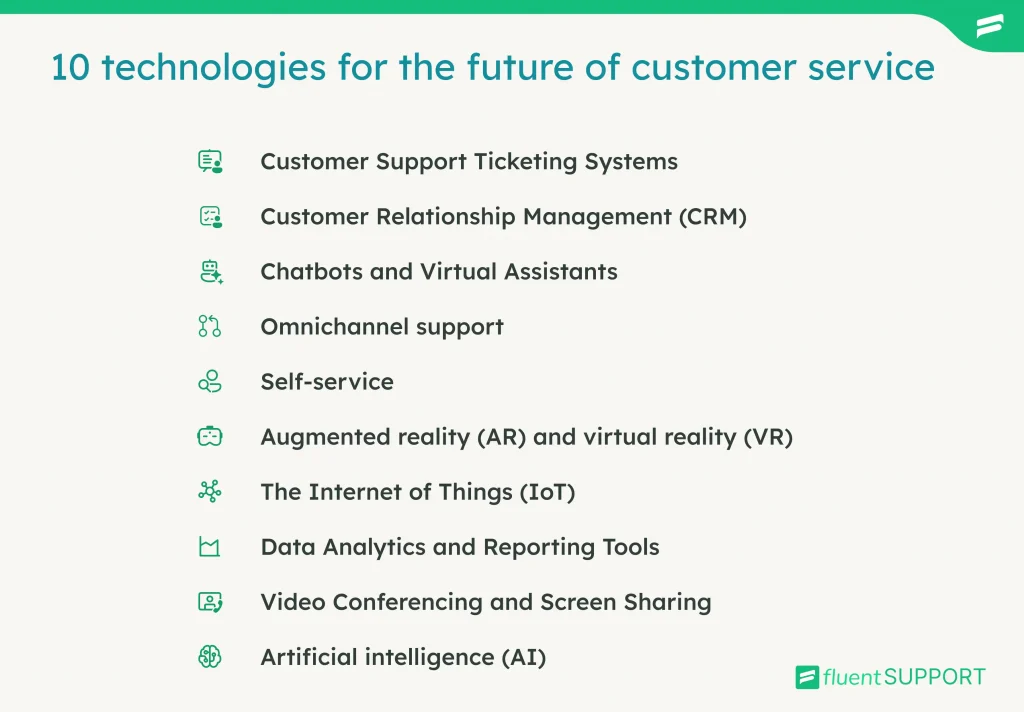
1. Customer Support Ticketing Systems
There was a time when the support team used to get emails in their inbox. That inbox was usually generic with basic features. And the whole team logged in to one inbox to solve the customer issues.
Usually, this is a messy process to deal with customers. On top of that, if you don’t know the right way to manage your inbox, then it’s become a living hell for agents.
Over time, that era is ending. Now companies are switching to ticket management systems. These systems give you more options than a generic inbox.
For example, Fluent Support gives you a more organized inbox with more advanced options to filter your tickets. You can set priorities, assign agents automatically, and trigger a fully automated workflow right from the system.
The helpdesk systems used to be complicated. But products like Fluent Support change that too. These are easier to use, easier to migrate, and also give an in-depth report to measure the team’s performance.
For this type of system, clients are getting a faster response, and agents are becoming more efficient with boosted productivity. Hence, companies are getting more loyal customers.
2. Customer Relationship Management (CRM) Software
Let’s take a look at your customer journey map. You will find at least eight ways a customer will interact with your company. Now let’s say you are tracking a customer’s journey progress manually.
That customer starts interacting with you through your website, social media, email, phone, live chat, and so on. You have to keep track of all of these interactions for a smooth conversion. It’s confusing, right?
Now just imagine you are doing this for hundreds of customers. On top of that, you are not alone; a whole team is doing this daily. It’s already killing my brain.
Customer relationship management, or CRM, can do these for you easily. It will help you keep track of all of your interactions with all of your customers.
Not just that, it will create a central data set for all customers. This will allow all service agents to be on the same page. In addition, it will create a detailed report to keep track of your progress.
This type of system will make your communication easier. You do not have to shuffle through different applications. For example, FluentCRM is able to manage your email marketing very efficiently.
Not just big enterprises; nowadays, startups are starting to use CRM to manage customers smoothly. Thus, from the beginning, they have gained customer loyalty.
3. Chatbots and Virtual Assistants
In the past, customers used to go to an office or store and talk to an agent to clarify any confusion before making a purchase. Over time, live chat replaced direct convo.
Nowadays, almost all kinds of business websites have the option to live chat with an agent, whether through in-house teams or outsourced live chat support. And this is bending the digital market drastically. Customers are also choosing this because it’s much easier, quicker, and more effective for decision-making.
Businesses are getting major benefits from this. The conversion rate is higher for those who use a live chat facility. More than 50% of customers will buy again from a company if they have live chat support.
But here is the issue: You need a large number of agents to deal with a large number of customers in a live chat. To solve this issue, a chatbot has been introduced in the industry.
AI is already changing the traditional chatbot. It is used to answer predetermined, limited questions. But it’s getting much more powerful, and in the near future, it might close the deal as well. So, it will be a virtual assistant.
Eventually, AI will free up humans to work on customer experience improvement and business development.
Stay ahead by providing
support by video call.
4. Omnichannel support
If you reduce the channel that reaches you, you will lose customers. So, you have to open every touch point on a journey map. Not just that, you also have to provide every channel possible for a customer to reach you.
Nowadays, customers do not just call or email. They might knock you on Facebook or on Telegram. They might also reach you via app, website, or live chat.
If you are not available in your customer’s preferred way of communication, then it’s your loss.
Customers are already choosing video calling apps for tech support. And the number of these use cases is rising every year. So, be a step ahead by providing support by video call.
5. Augmented reality (AR) and virtual reality (VR)
Speaking of video calling, AR and VR are the next big thing for support and service. There are a lot of possibilities for AR and VR technology.
Let’s say a customer wants to assemble a custom PC. With the help of AR technology, the customer will figure out which part will go where.
On the other hand, with the help of a 360-degree camera and a VR set, an engineer can locate an issue without being there physically.
And that’s not it. Using AR and VR, you can give your customers a very immersive and engaging experience of your service.
6. Self-service
The best service can be provided without engaging a service agent. If you can provide enough information in an organized way, customers can figure out the issue without reaching you.
More and more companies are looking for this option. Because it’s affordable for companies and highly satisfying for customers. Basically, it’s a win-win option.
Almost all companies have an FAQ section for their products. Alongside this, they provide in-depth product documentation. A virtual assistant and an AI-powered chatbot are other great options.
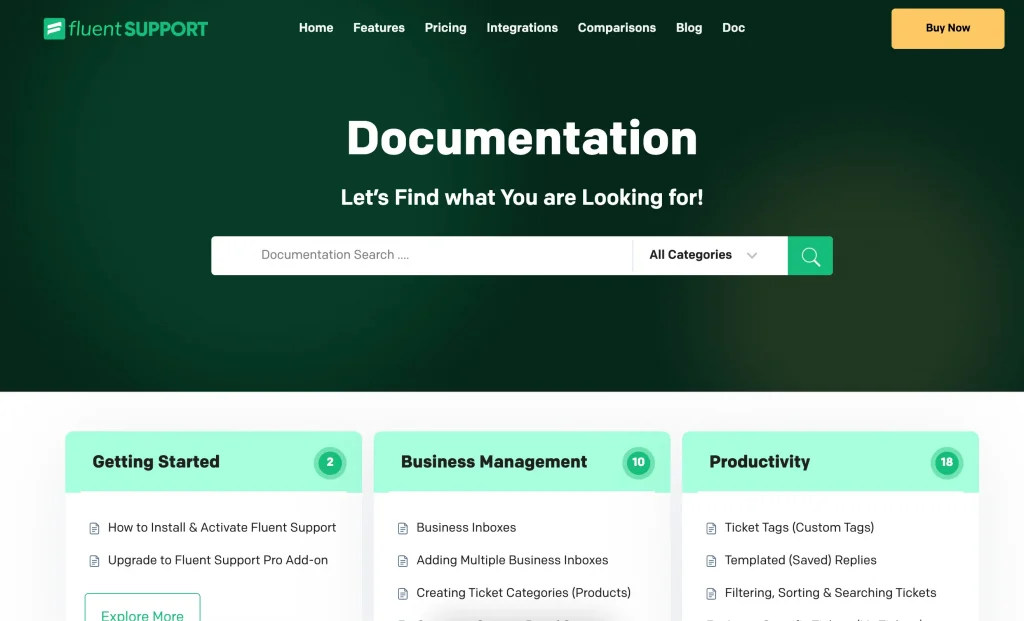
A lot of technology has been developed over the years for this. For example, we see kiosks in the stores. It’s a big screen with an application that helps customers find the solution to an issue.
Companies are also launching apps for the self-service knowledge base option. It’s a kiosk in your pocket.
7. The Internet of Things (IoT)
Everything is getting “smart” nowadays. Everything from your wristwatch to home appliances to your car is connected to the internet. In the tech world, we call it the IoT, or the Internet of Things.
IoT is already reshaping the support system. Instead of saying how let me give an example. Do you remember the episode of “Modern Family” where Lily, a little girl, gets locked in a Toyota Prius?
The parent called the Toyota support center, and the support agent unlocked the door over the internet. And this is what IoT is capable of.
IoT not only gives you encrypted control over your devices, but it also gives you access to real-life data. This data is used for the further development of that product or support.
The support team can even predict possible issues and be proactive in finding a solution. It can enable the support team to provide more personalized service by considering unique factors. Rolls-Royce has been doing this for its aircraft engines for years.
8. Data Analytics and Reporting Tools

“Data is a precious thing and will last longer than the systems themselves.”
Tim Berners-Lee
Inventor of the World Wide Web
In this world, everything runs on data. The powerful companies have this one thing that others don’t have. If you want to create the best support system for your customers, then data is something you need to prioritize.
In the past, data gathering was a time-consuming task. A group of people used to gather this data from various sources, and another team used to enter it into the database.
But because of advanced tools, these tasks became easier. In addition, these tools not only store data but can also run complex analyses.
These data reports will help you observe your support team’s performance and pinpoint areas for improvement. It can also predict any upcoming trends or crises via data projection.
9. Video Conferencing and Screen Sharing
Previously, we mentioned the video call option for omnichannel support. But we have to talk a bit more about this topic. Video calls have a lot to offer.
Screen-sharing technology is already evolving in the support industry. Not only customers but also agents are finding screen sharing more convenient. It gives them real-time visuals of the customer’s device. Which helps them provide a faster solution.
If the issues need more than one expert to solve, then there is a video conferencing option. In real-time, multiple experts can get on a video call with the customer to solve an issue.
And here is the prediction: In the near future, the tech industry will mostly provide support via video calls.
10. Artificial intelligence (AI)
Almost every company, from Google to Meta to Microsoft, is adopting AI technology. That’s because it will be the biggest part of our next-generation technology.
AI is not perfect yet. But that’s the beauty of it. The more we use AI, the more efficient it will be. And AI can be incorporated with the previous nine points that we have talked about.
So, let’s go through those one by one very quickly.
- AI can integrate into customer support ticketing systems to run an intelligent automated workflow. AI can also answer certain questions before or without engaging an agent.
- AI can create smart segmentation of customers and pull presorted data to create customer summaries for agents in a CRM system.
- We have already talked about AI integration with chatbots to convert them into virtual assistants.
- AI intelligence can be used to distinguish between before-sale service and after-sale support quarries. It can then push those to the CRM or helpdesk system as per the analysis.
- AI can extract the needed information from the manual by analyzing the video in AR or VR.
- For self-service, an AI powder system can provide the solution faster by creating a personalized quarry as per the user’s use case.
- In the case of IoT-based support, AI can run an initial diagnosis and suggest a possible solution to the agent.
- Data analysis can be a hectic job. In the future, AI can do this for you with well-explained reporting.
- Finally, in the case of a video call, AI will help you translate any foreign language. Or even a virtual assistant can appear on screen to help customers.
That’s a lot of possibilities. So the question must be: what jobs will AI replace?Well, there are a lot of debates going on on this. As per experts, support industry trends say it will be agents friends.
Final thoughts
There is no doubt that providing better customer support is the only way to survive. And companies are investing heavily to make it more swift. As a result, new technology adaptations for support are happening faster.
Finally, from this article, we can say that AI will impact the service and support industries vastly. In the near future, we are going to experience great customer support with the help of AI integrated into new technologies.
So, what do you think? Which technology will change the future of customer service?






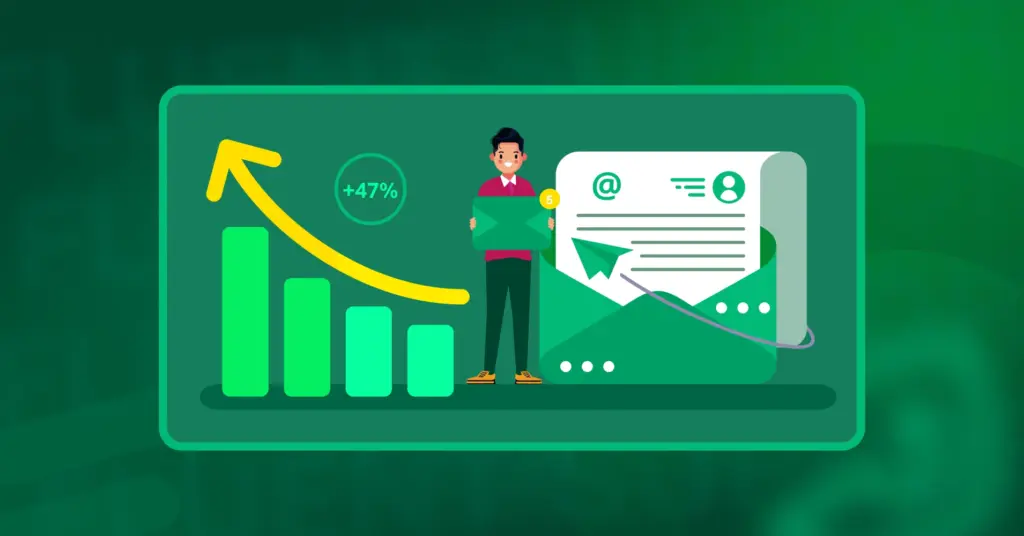


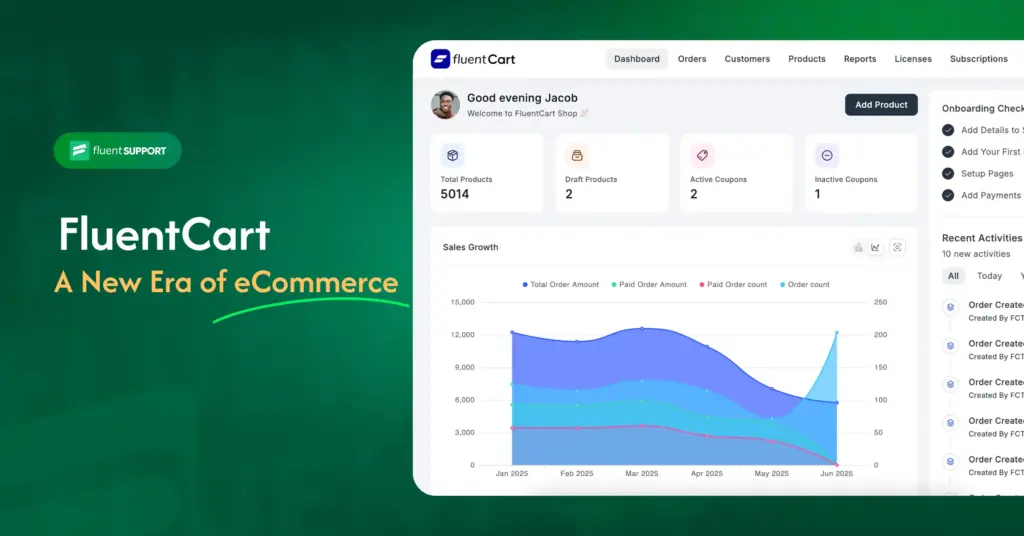


Leave a Reply